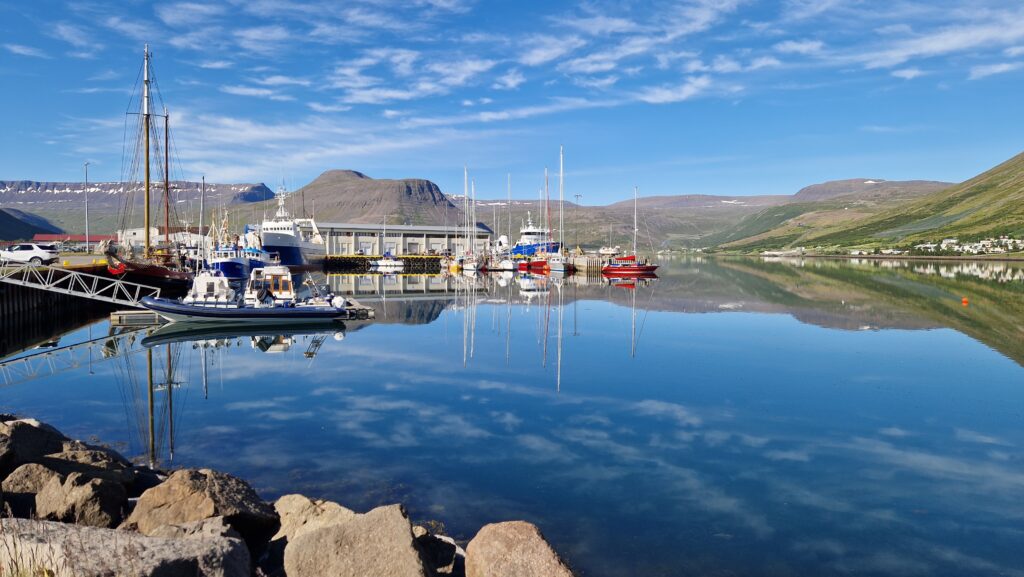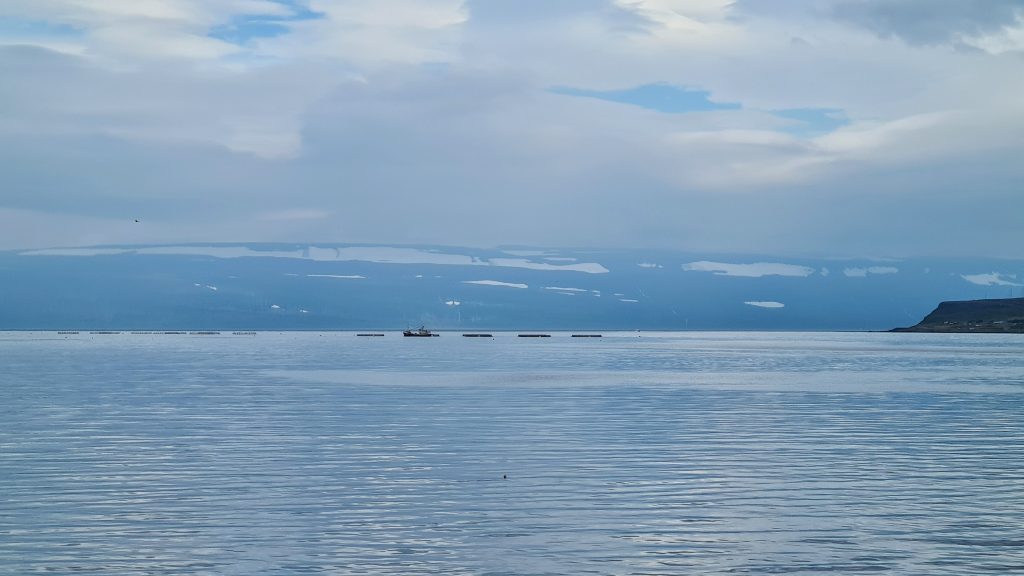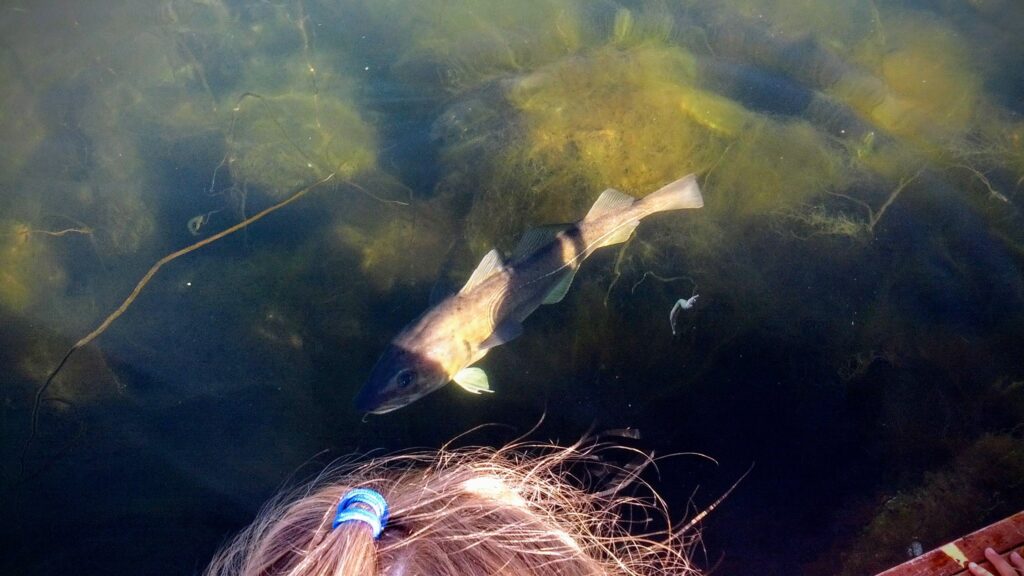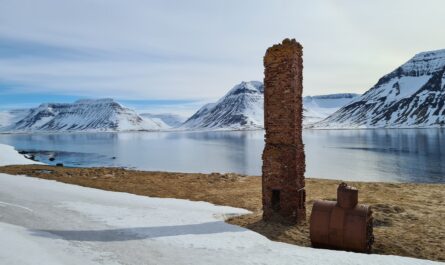Significant leaps forward have been made in the fishing sector as a direct result of Iceland’s innovative fisheries policies. Iceland, which has a long history of fishing, has become a center for the development of cutting-edge fishing techniques and technology, which have fundamentally altered the production and preparation of fish.
One particularly noteworthy area of innovation is that of cod manufacturing. Icelandic fisheries have adopted sustainable and environmentally friendly fishing methods in order to preserve the continued availability of cod for future generations to fish. This includes the vigilant surveillance of fishing quotas as well as the implementation of measures to safeguard spawning sites.
In addition, Icelandic entrepreneurs have been at the forefront of developing new and innovative techniques to make use of every component of the fish. For example, they have developed methods to extract important collagen from the skin of cod, which is then used in a variety of cosmetic and skin care products. In addition, cod skin is utilized in the medical industry. This not only helps to cut down on waste, but it also adds significant value to the process of producing fish as a whole.
Iceland has embraced technical developments in the fish processing industry, in addition to environmentally responsible methods and goods with additional value. Companies use cutting-edge methods, facilities, and automated systems to ensure the efficient handling, packaging, and distribution of fish products. These facilities maintain a high standard of quality throughout the entire process.
In general, innovation in Icelandic fish production refers to the usage of sustainable fishing tactics, the utilization of all parts of the fish, as well as technological improvements that promote both efficiency and quality of the product. These advancements also contribute to Iceland’s status as a frontrunner in the fish business on a global scale.

The technology used in the production of Icelandic fish is undergoing modernization. Iceland is employing technology to make its seafood industry more sustainable, efficient, and competitive. One example of this is the use of geothermal water for fish farming. Another example is the development of new software for fishing and processing.
A novel strategy that could enhance fish breeding conditions is using geothermal energy to heat water. This is particularly widespread in the field of aquaculture, as geothermal water may be utilized not just to heat and cool tanks but also as a source of oxygen in these environments. Because geothermal water is a renewable resource, using it in aquaculture makes for an environmentally responsible choice.
The creation of new software and technological equipment that can be used in fishing and the processing of fish is another form of innovation. This comprises grading equipment for landed fish or even live fish, as well as equipment for on-board weighing and process management. The effectiveness and reliability of fishing and fish processing operations are both benefiting from the implementation of this technology.
In recent years, the Icelandic fish industry has witnessed a number of noteworthy advances. These developments can be attributed to the country’s commitment to sustainability, advancements in technology, and the utilization of Iceland’s abundant marine resources. These inventions have been developed with the purpose of enhancing the productivity, quality, and environmental effects of Iceland’s fish production.
Aquaculture that Does Not Hurt the Environment: Iceland has been putting a lot of effort into expanding its sustainable aquaculture methods. The introduction of land-based fish farms, also known as recirculating aquaculture systems (RAS), is one of the most significant innovations in recent history. RAS farms make use of cutting-edge filtration and water treatment technologies, which make it possible to raise fish in a regulated setting while reducing the amount of water used and the amount of waste that is discharged.

Precision Fishing: Icelandic fishing firms have adopted methods of precision fishing in order to improve the efficiency of fishing operations and lessen their impact on the surrounding environment. These include the utilization of cutting-edge sonar and satellite technologies to precisely find fish shoals, reduce the amount of bycatch, and cut down on the amount of fuel consumed. Fishing with precision helps ensure that fish populations may be harvested in a sustainable manner.
Processing That Adds Value: Fish farmers in Iceland have been making investments in cutting-edge processing methods in order to increase the value of the items they produce. This entails coming up with novel approaches to filleting, packing, and preserving fish in order to keep the product’s quality intact and lengthen its shelf life. Some businesses have also implemented cutting-edge processing facilities that make extensive use of automation and robots in order to boost their levels of both efficiency and production.
Traceability and Quality Control: Throughout the entirety of the production process, the Icelandic fishing industry places a strong emphasis on both traceability and quality control. The application of digital technologies, such as blockchain, is at the forefront of innovation in this sector. These technologies allow for the origin of fish to be traced and verified all the way from the point of catch to the consumer. This promotes openness, food safety, and sustainability, all of which are vital for Iceland to continue to preserve its reputation as a source of high-quality seafood.
Research and Biotechnology: The Icelandic fish industry has benefited from the continuous use of biotechnological research. Icelandic researchers and businesses are investigating the viability of incorporating natural additives, probiotics, and specialist feeds into fish diets in order to improve fish health, growth, and resistance to disease. These advancements are being made with the intention of enhancing the overall productivity and viability of fish farming in the country.
Sharing of Information and Collaborative Efforts: One of the primary drivers of innovation in Iceland’s fish farming business is the close working relationship that exists between various industry stakeholders, research institutions, and government agencies. The consistent exchange of information, the formation of research alliances, and the introduction of new funding initiatives all contribute to the development and implementation of innovative methods across the industry.
The First Icelandic Unicorn
Kerecis, a firm, has come out with a new product that they name Kerecis Omega3 Fish Skin. This product is manufactured from the decellularized skin of the Icelandic cod. The product is considered to be acellular, which indicates that all of the cells have been eliminated, leaving only a structure composed of proteins and other elements in its place. This scaffold is analogous to the extracellular matrix that is found in human skin, and it serves as a foundation upon which new cells can proliferate and develop.

It has been demonstrated that the topical application of Kerecis Omega-3 Fish Skin is effective in the treatment of a range of wounds, including diabetic ulcers, burns, and surgical incisions. In addition to this, it has been demonstrated to be useful in treating oral wounds brought on by the treatment of cancer.
The product has received approval from the FDA and may be purchased in the United States, Europe, and other regions across the world right now. It is an exciting new approach to the treatment of wounds, and it is probable that its application will become more widespread in the years to come.
The use of Icelandic cod skin for medical purposes has a number of advantages, including the following:
- It is a natural product that has undergone only a small amount of processing.
- It contains a high concentration of omega-3 fatty acids, which are known to have an anti-inflammatory effect.
- Because it is acellular, there is a low probability that it will provoke an immunological response.
- Eventually, the body absorbs it because biological processes can break it down.
In general, the skin of Icelandic cod is an interesting new material that shows promise for the treatment of wounds. It is a natural product that has undergone a small amount of processing but still possesses a variety of prospective advantages. It has to be seen whether or not it is helpful, but there is reason for optimism regarding this novel therapeutic approach.
A few weeks ago, Kerecis was sold to a Danish company for around ISK 175 billion (USD 1.3 billion). This is an example of how innovation in fish production has brought great value to Icelanders, and hopefully it will continue and we will have more unicorns.
Last but not least, Iceland is also implementing new technologies in an effort to make fishing more environmentally friendly. For instance, technology based on AI can be used to detect and keep track of various species of fish, which can contribute to the reduction of unintended catches (bycatch). Other technologies, such as satellite tracking and electronic monitoring, can be used to keep an eye on fishing vessels and make sure that they are following the rules and regulations that are in place.
In general, sustainable aquaculture, precision fishing, value-added processing, traceability, quality control, biotechnology, and collaborative efforts are the primary foci of innovation in Icelandic fish production. These innovations contribute to the responsible and efficient usage of Iceland’s fish resources, ensuring the industry’s continued sustainability over the long term.
These are just some of the numerous new developments that are taking place in the industry of fish farming in Iceland. Iceland is at the forefront of technological advancements related to seafood, and these advancements are assisting in the process of making the Icelandic seafood industry a leader in terms of both efficiency and sustainability.


